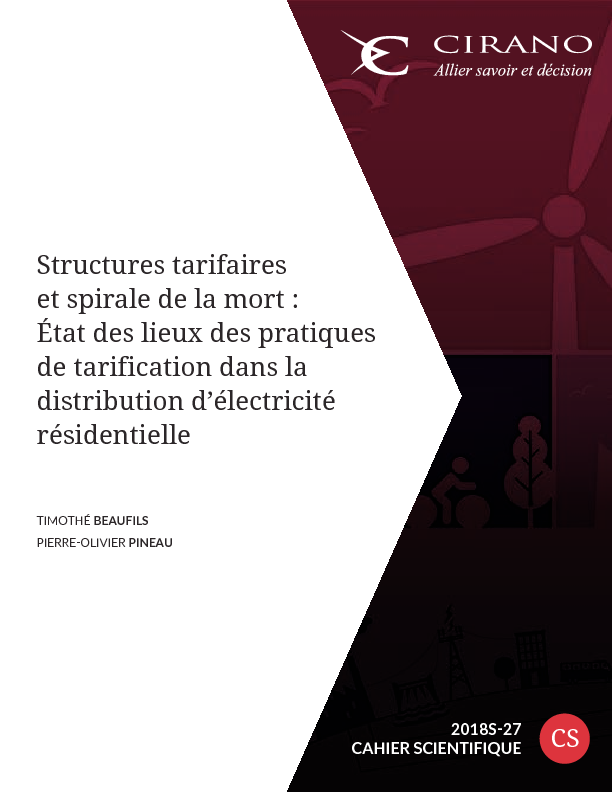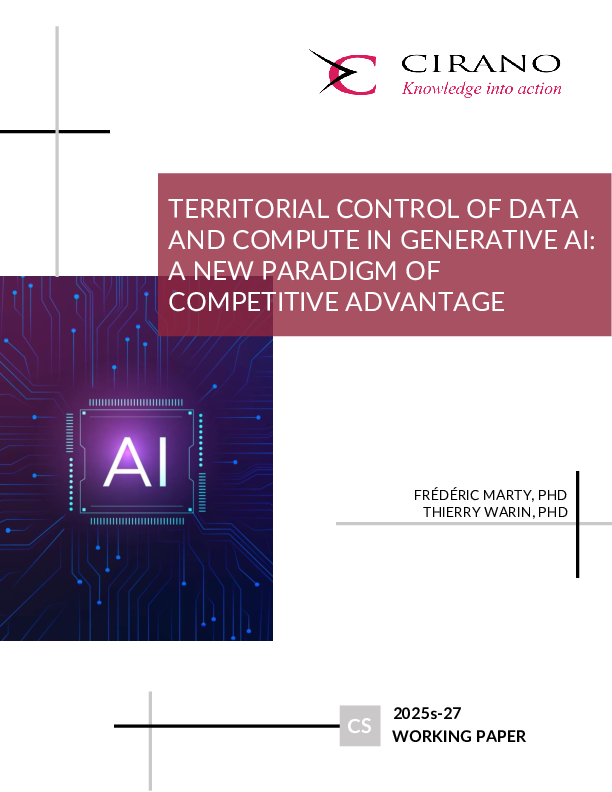Structures tarifaires et spirale de la mort : État des lieux des pratiques de tarification dans la distribution d’électricité résidentielle
Increasing penetration of decentralized energy resources (DER) is currently disrupting distribution grid’s monopoly. Basic tariff structures, mostly based on energy charges, are being outdated. Prosumers, a new class of residential ratepayers being both producers and consumers of electricity keep using the grid while their financial contribution is decreasing, causing tariff rises and inequities among users. This phenomenon, known under the term of “utility death spiral”, represents a major threat to utilities’ profitability. To tackle those new challenges, Distribution System Operators (DSOs) must improve their rate policies. In Europe, each utility is unbundled, allowing high flexibility in setting rates design. This results in a lot of different grid tariff structures applied, some of them being particularly daring. In North America, the situation is particularly unclear due to the heterogeneity of actor’s nature. Though, most utilities still seem to rely mostly on volumetric and fixed charges. Finally, this report aims to offer a global overview of the current challenges faced by grid utilities, and on how some DSOs are trying to move forward. By doing so, we hope that rate politics’ stakeholders will have a broader vision on the range of decent practices.




